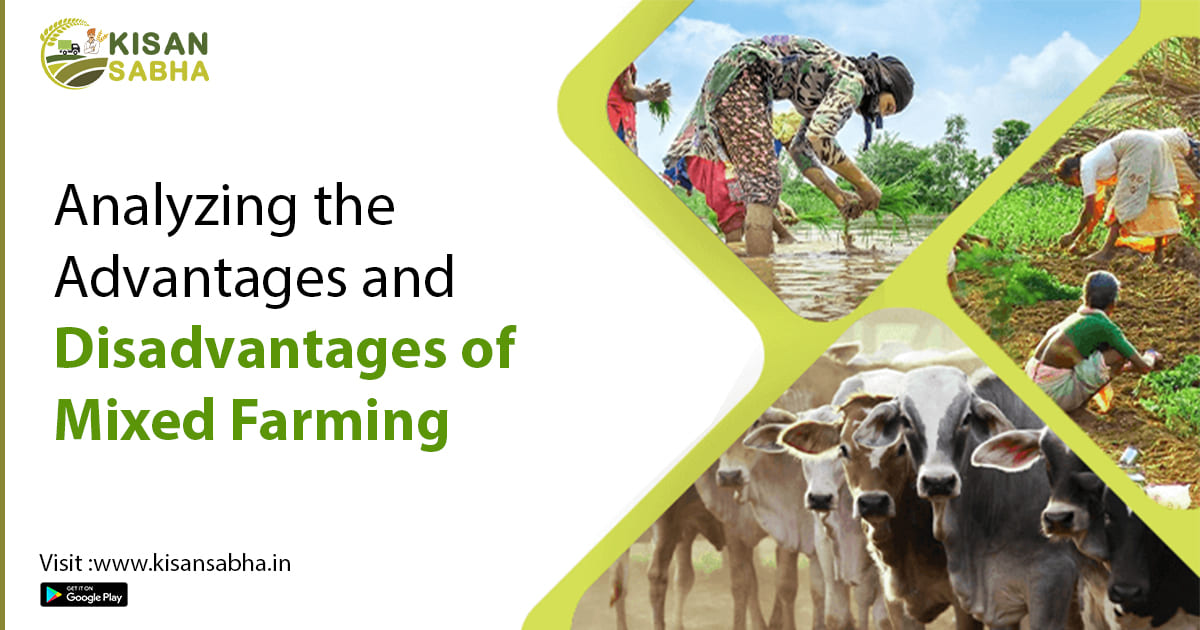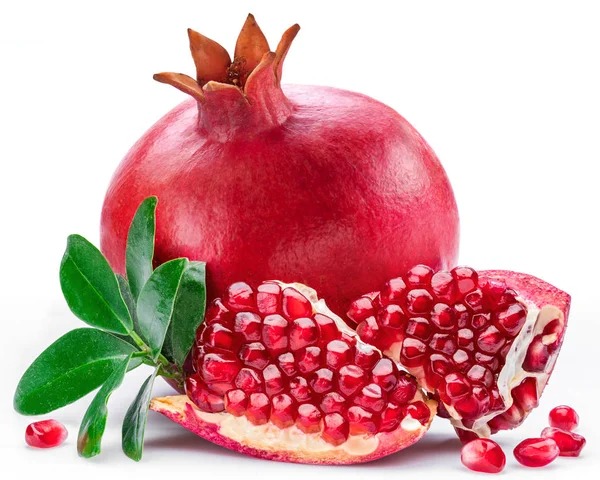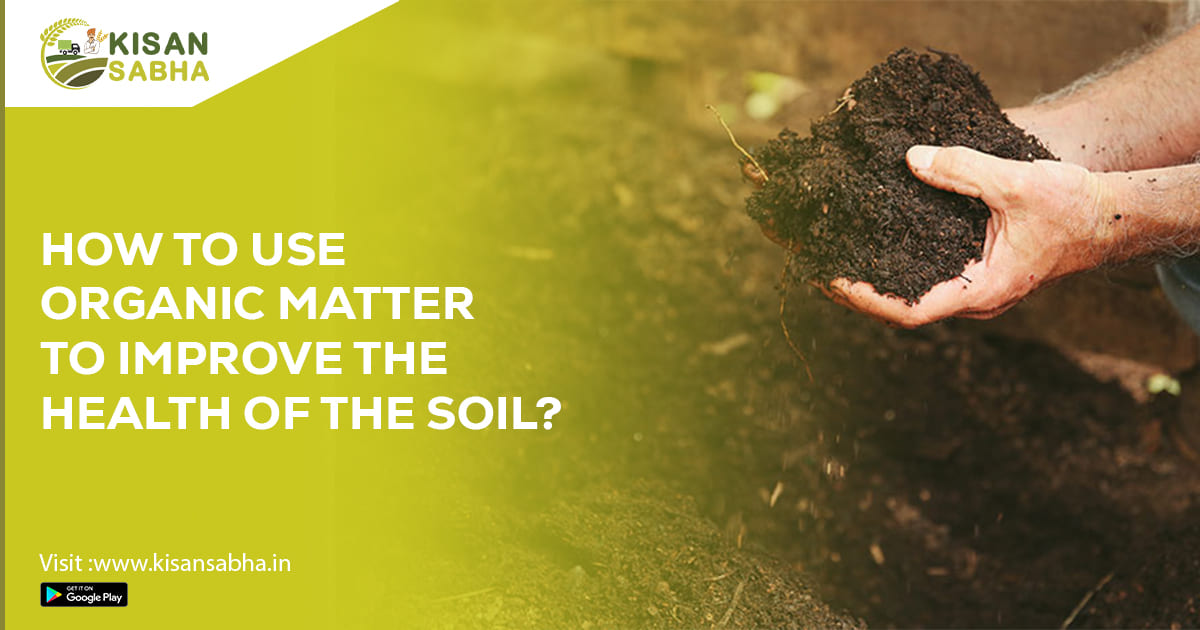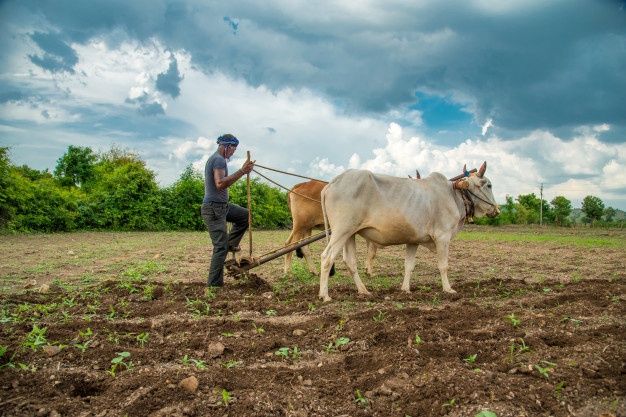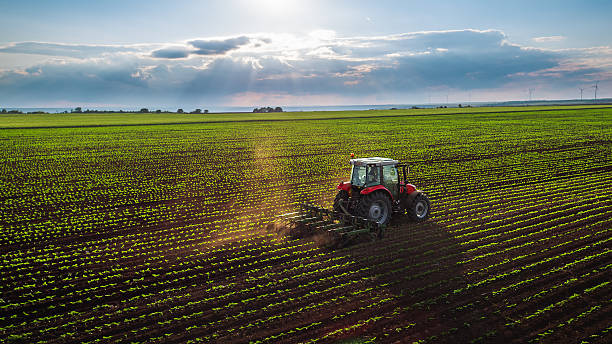Analyzing the Advantages and Disadvantages of Mixed Farming
Farmers have created cutting-edge methods for maximising their productivity and space. Making the most available resources may involve raising crops and cattle simultaneously or using one land for two crops.…


